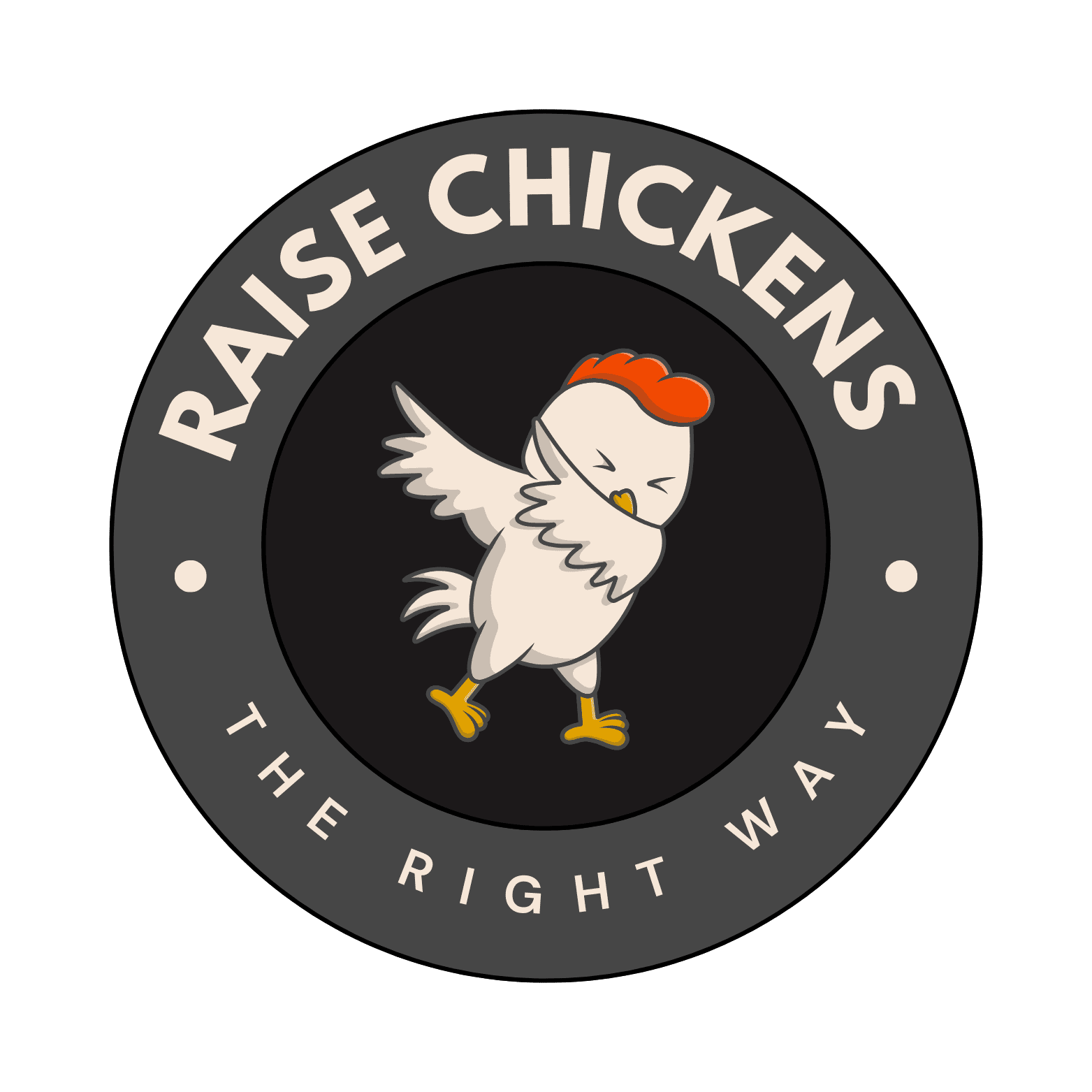My Experience Dealing with Fatty Liver Syndrome in Chickens: A Farmer’s Guide
After spending over two decades raising chickens, I’ve encountered my fair share of health challenges, but Fatty Liver Syndrome (FLS) is one that’s particularly close to my heart. I’ll never forget the first time I lost one of my best layers to this sneaky condition. It’s what prompted me to become somewhat of an expert on the subject, and today I’m sharing everything I’ve learned about this common yet often misunderstood condition.
What Exactly is Fatty Liver Syndrome?
In simple terms, FLS happens when fat accumulates in your chicken’s liver, causing it to become enlarged and fragile. Think of it like a balloon that’s been stretched too far – it becomes delicate and prone to rupture. I’ve found it’s particularly common in commercial laying hens, but I’ve seen it in backyard flocks too.
Spotting the Warning Signs
Through my years of experience, I’ve learned to spot the telltale signs of FLS. The tricky part is that some hens might show no symptoms until it’s too late. However, here are the key warning signs I’ve observed:
Why It Happens: The Root Causes
I’ve noticed FLS tends to be more prevalent in certain situations. High-producing layers are particularly susceptible, especially when they’re carrying extra weight. The main culprits I’ve identified over the years include:
Environmental stress is a major factor – I’ve seen cases spike during hot summer months. High-energy feeds without adequate protein can also trigger the condition. What’s particularly interesting is that inactive birds are more prone to developing FLS, which is why I’m such a strong advocate for free-range systems.
Prevention: The Best Medicine
In my experience, preventing FLS is far easier than treating it. I’ve developed a comprehensive approach that’s worked wonders for my flock:
Diet Modification
I’ve found that balancing the feed is crucial. I now include plenty of high-quality protein sources and have cut back on high-energy feeds. Adding supplements has made a significant difference – I swear by adding choline and vitamin E to their diet.
Exercise Matters
One of the best changes I made was creating more opportunities for exercise. I’ve designed my coop with multiple levels, scattered feeding stations, and plenty of space for scratching and foraging. It’s amazing how much healthier my birds are when they’re actively moving throughout the day.
Treatment Options That Work
If you’re already dealing with FLS in your flock, don’t panic. Here’s my step-by-step approach to treatment:
Special Considerations for Commercial Layers
I’ve consulted with several commercial operations, and I’ve noticed that high-producing layers need extra attention. These birds are particularly susceptible to FLS due to their intensive laying patterns. I always recommend implementing a careful monitoring system and considering reduced lighting programs during peak laying periods.
Success Stories from My Farm
One of my most memorable successes was with a Leghorn hen named Lucy. She showed classic FLS symptoms – pale comb, reduced laying, and lethargy. By implementing the changes I’ve mentioned, she made a full recovery within weeks. It’s cases
